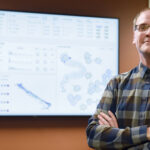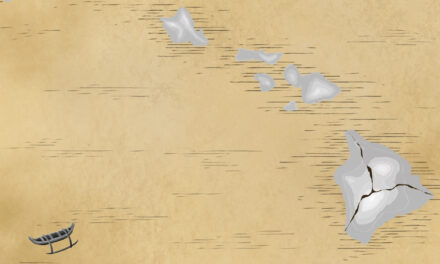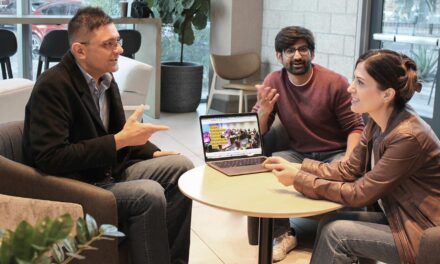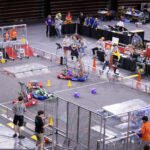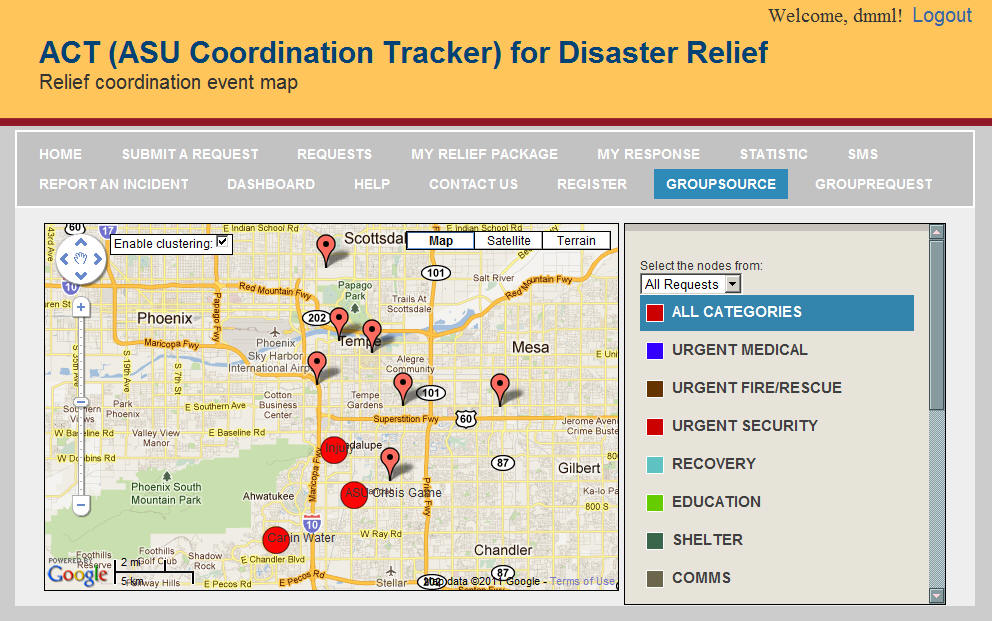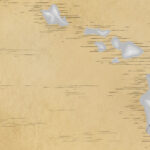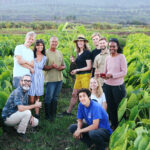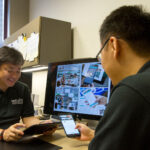
Crisis Response Game simulates real disaster response
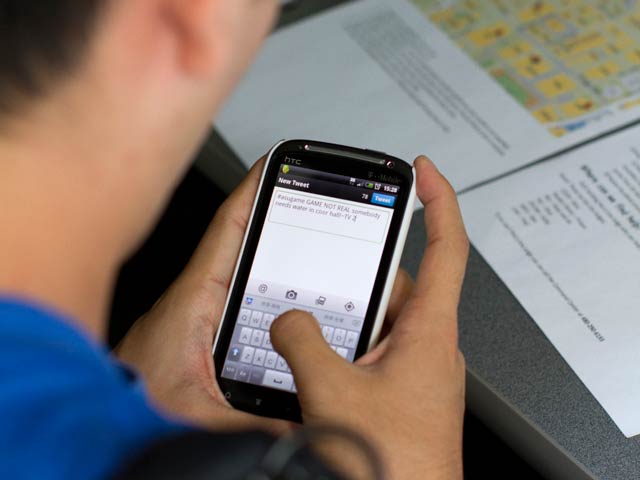
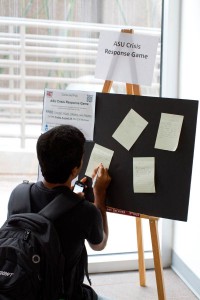 This semester, Huan Liu, a professor for the School of Computing, Informatics, and Decision Systems Engineering, organized over 75 students in ASU’s first Crisis Response Game. The game was designed as a disaster simulation to experiment the use of social media in crisis situations, data collection, task allocation and response coordination.
This semester, Huan Liu, a professor for the School of Computing, Informatics, and Decision Systems Engineering, organized over 75 students in ASU’s first Crisis Response Game. The game was designed as a disaster simulation to experiment the use of social media in crisis situations, data collection, task allocation and response coordination.
Professor Liu split the students into two teams, one was assigned locations and situations around campus where they were disaster victims, and the other team had to find the disaster and respond by the use of Twitter. By tracking the distressed Tweets of the victim group, the first responders would locate them and relieve them of the situation. A few volunteers were allocated as a filtering team to report the Tweets of the victims to the first responders. It was a project similar to many engineering assignments in that it was a team building exercise that was timely and representative of a real-world situation.
The game itself was discovered to have a few faults. Many students were not aware of the geo-location feature on Twitter. TweetTracker depends on this feature to locate the distressed Tweets and pinpoint where they are located. Apart from this technical difficulty, students designated as victims created so many disaster scenarios that the filtering team could not work fast enough to assess the disasters and inform the first responder teams.
The results of the game were used to identify ways that relief organizations can more effectively track, analyze, and respond to a disaster using social-media based tools. This project used three specific programs: TweetTracker, ACT and BlogTrackers. Based on their results, it was concluded that a “chat” feature needed to be made to allow faster collaboration between responders and the filtering team. Another feature that would further assist disaster relief would be combining the several systems that assess the Tweets and other social media feeds. The filter team attempted to combine TweetTracker and Quicknets but they would need to advance their systems in order to make it work properly.
Disaster relief programs such as Humanitarian Aid and Disaster Relief (HADR), already use social media to locate and respond to people in need. What the collaborators of the Crisis Response Game were trying to achieve was to find out what types of features needed to be added to programs such as TweetTracker in order to increase the speed and efficiency of locating distressed individuals in the social media-based feeds.
Partners in this project were members of several prominent organizations. Members included: the Quicknets Team of the Naval Surface Warfare Center Dahlgren Division, Catherine Graham of Humanity Road Inc., Dr. Rebecca Goolsby of the Office of Naval Research and Prof. Kathleen Carley of Carnegie Mellon University.




